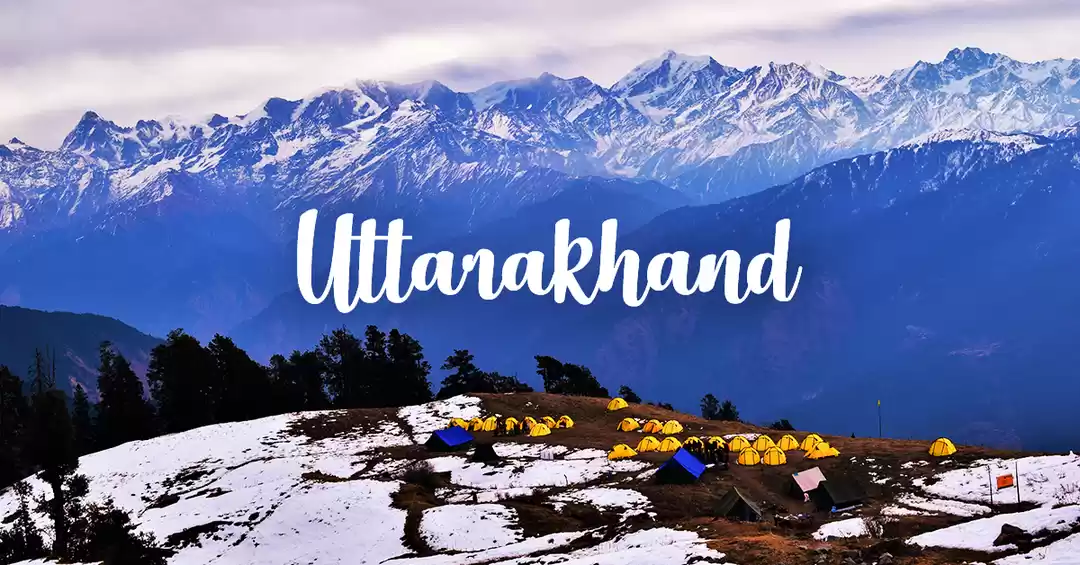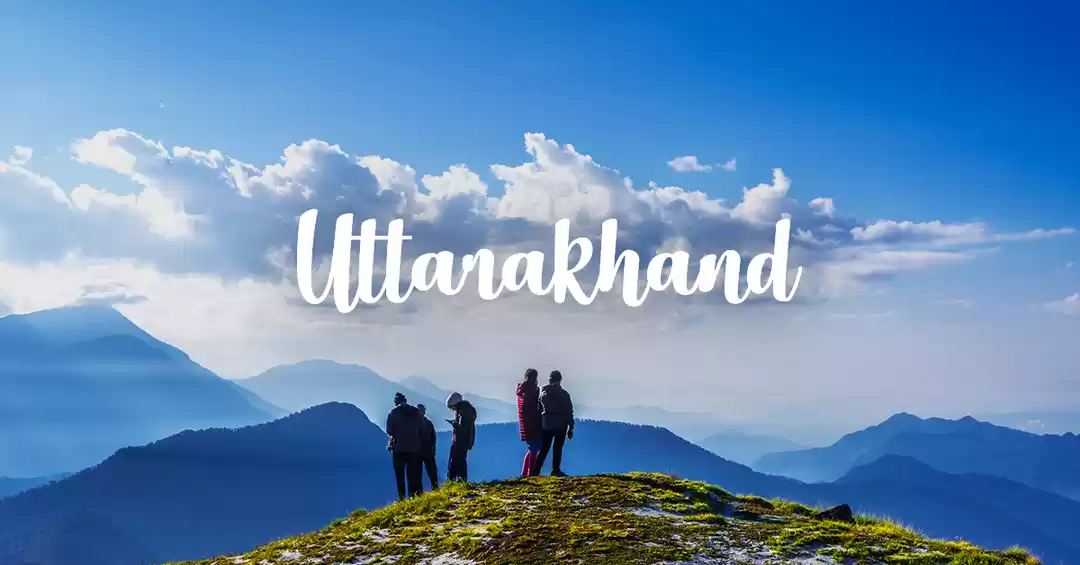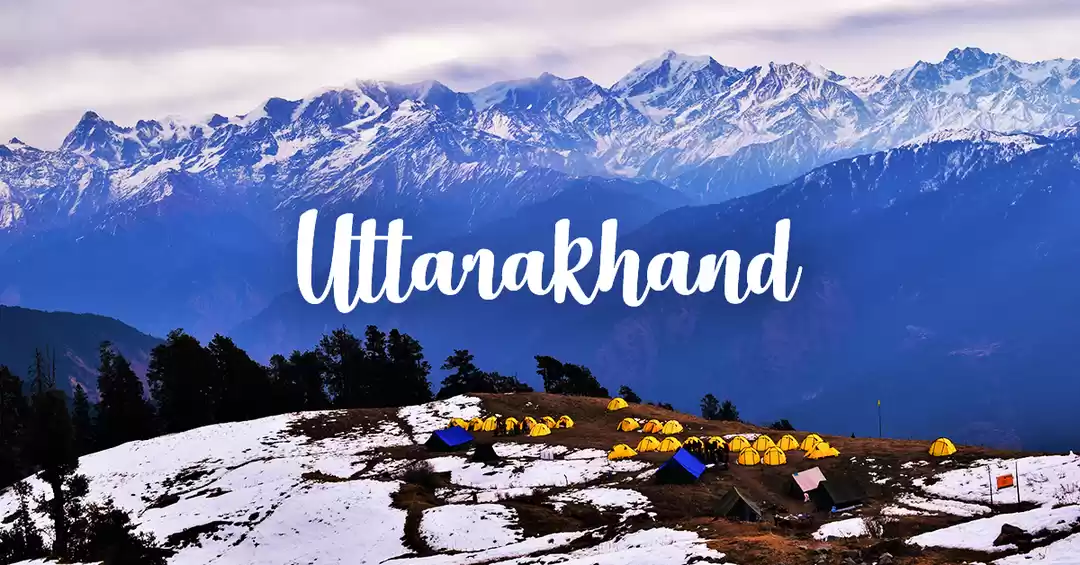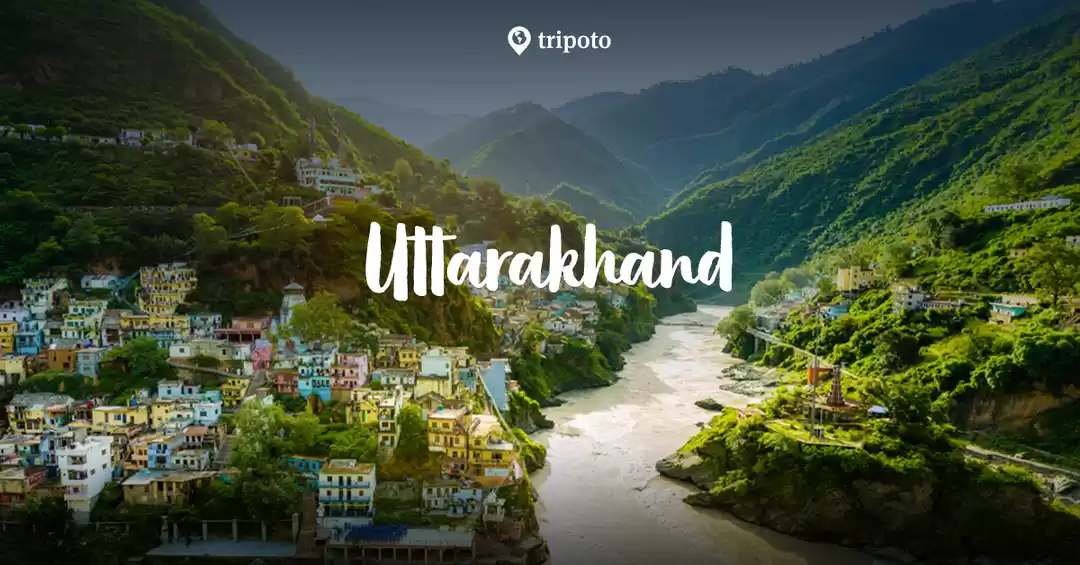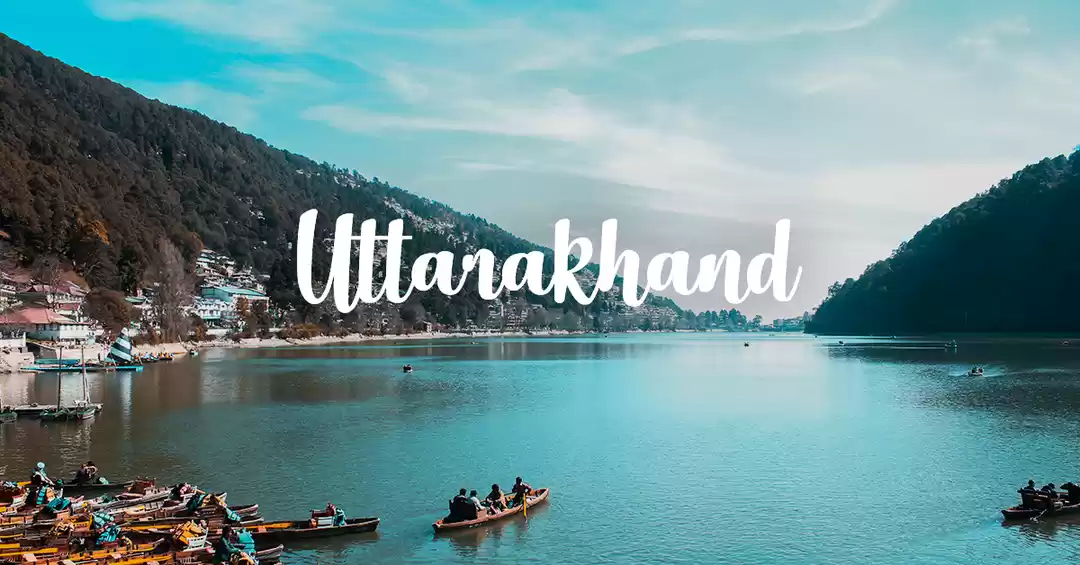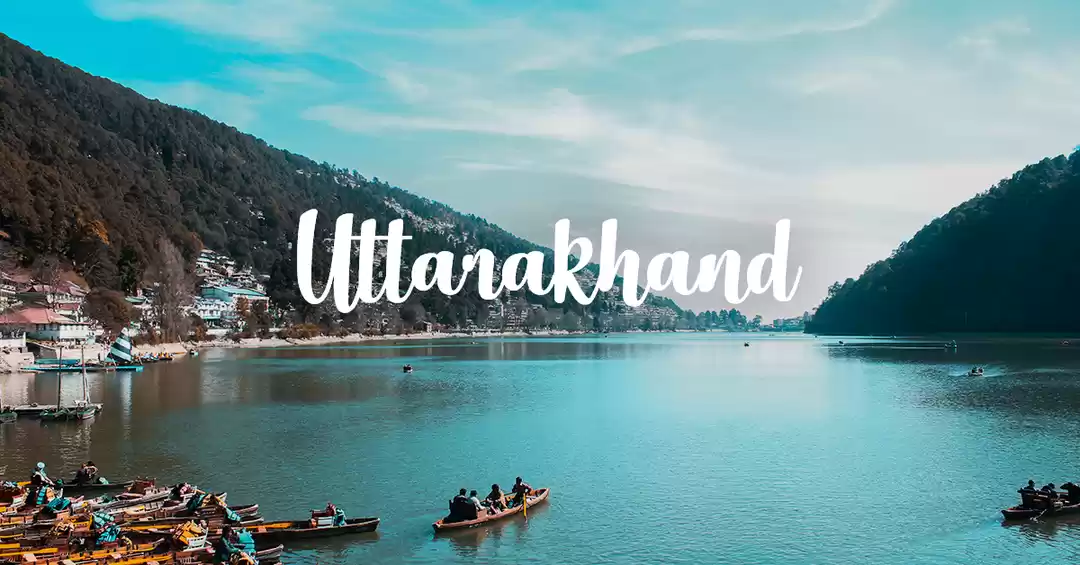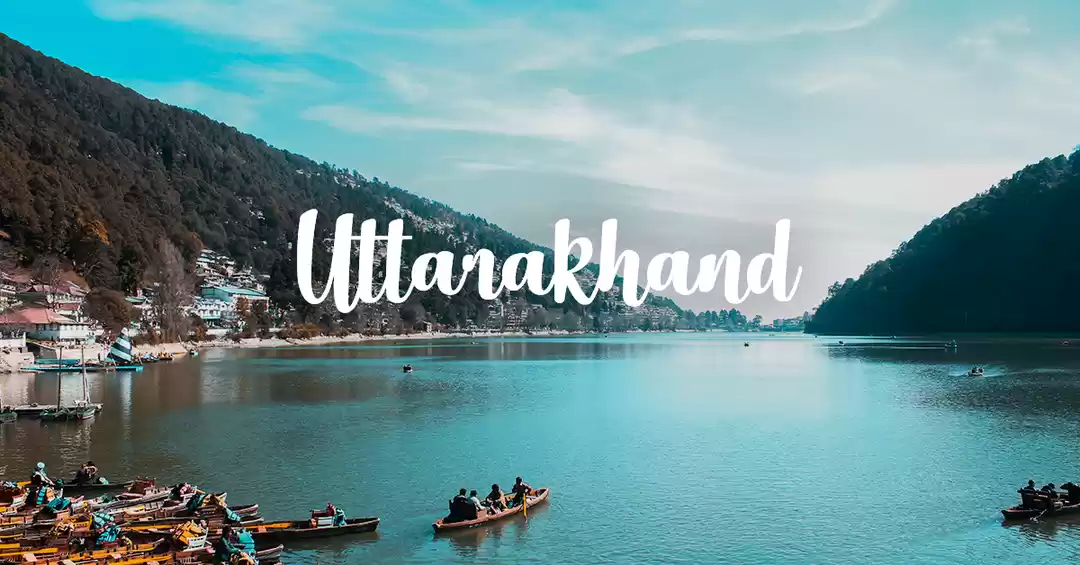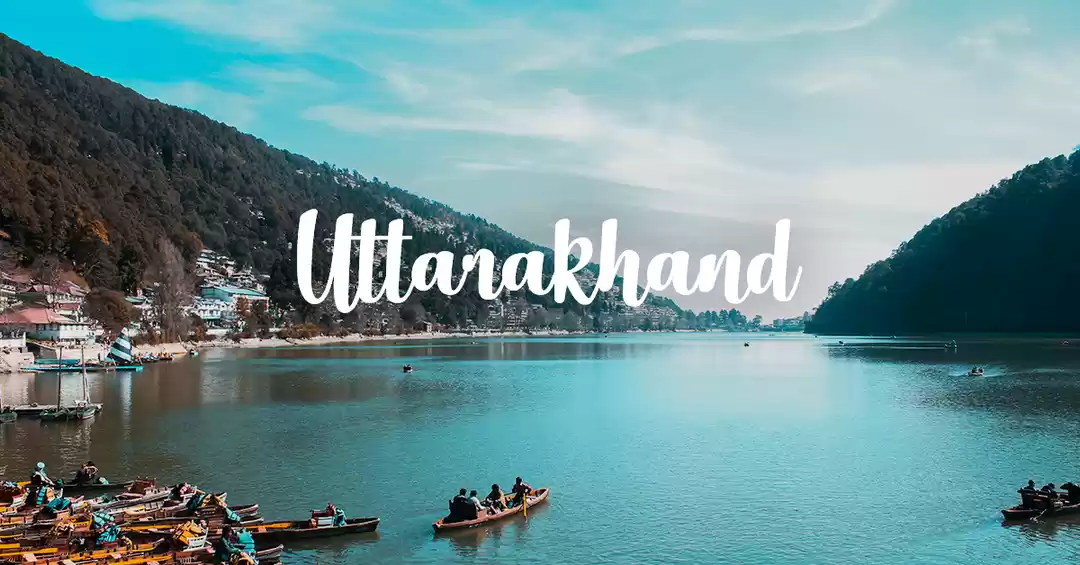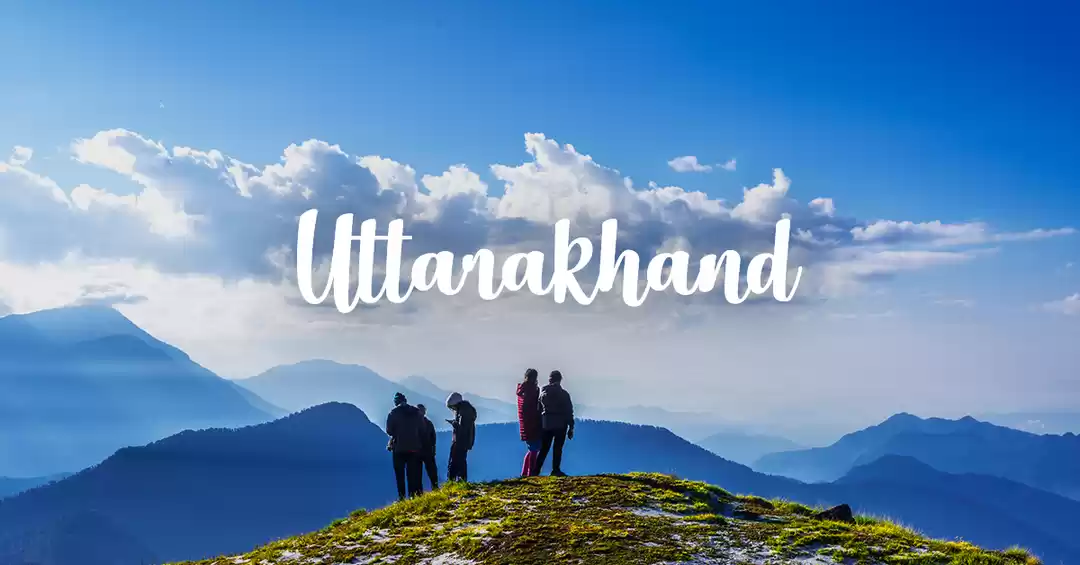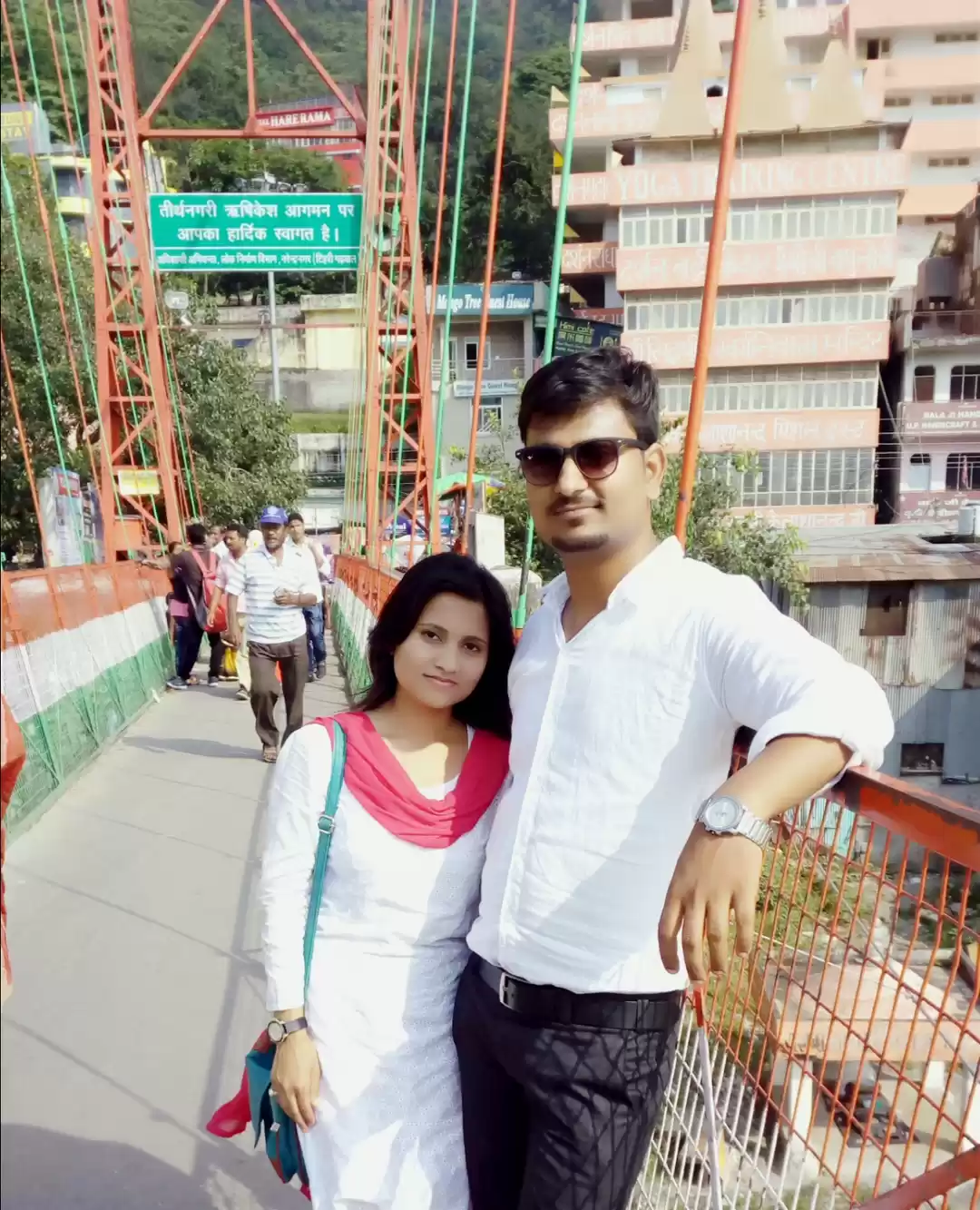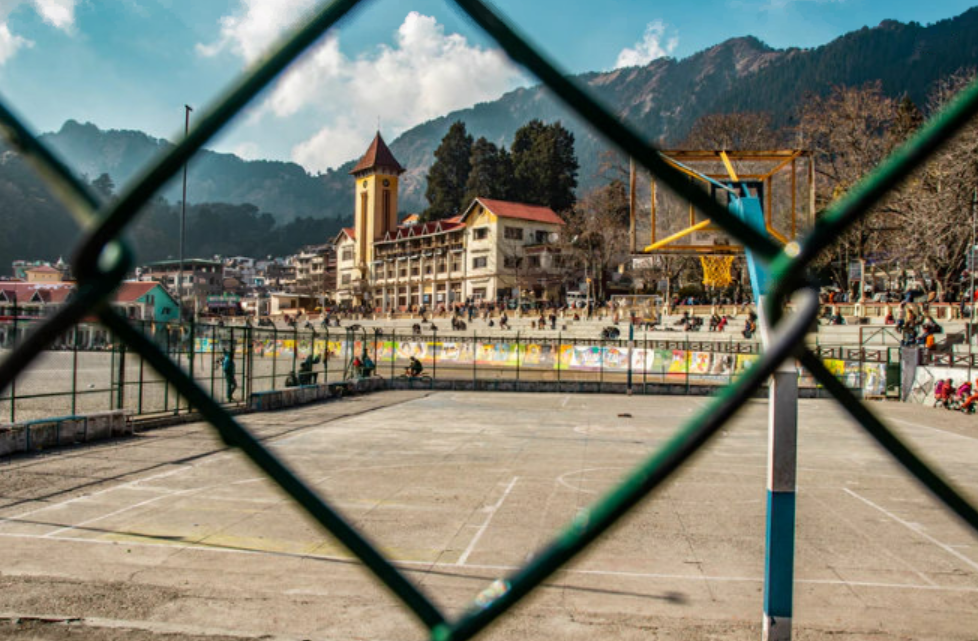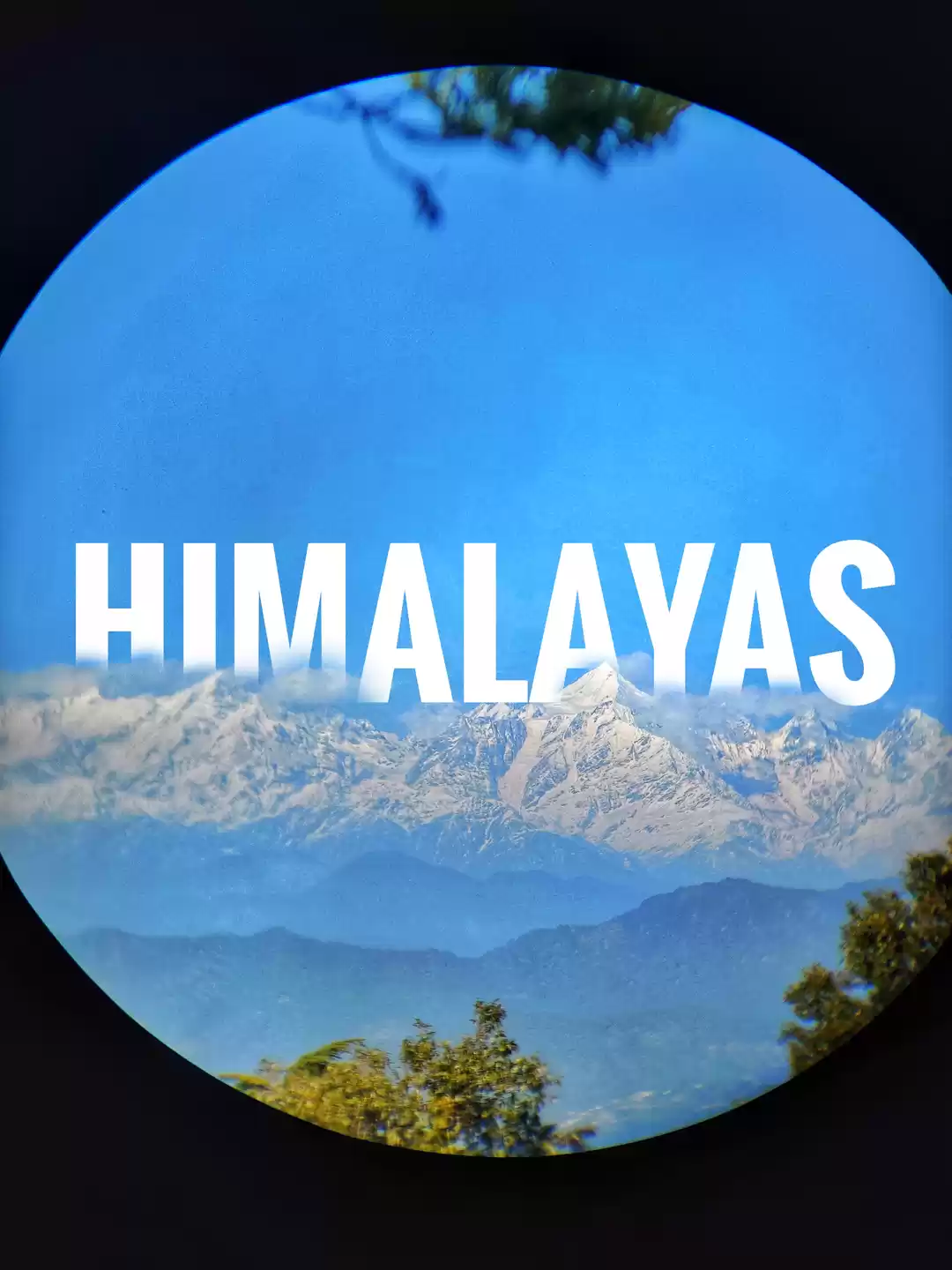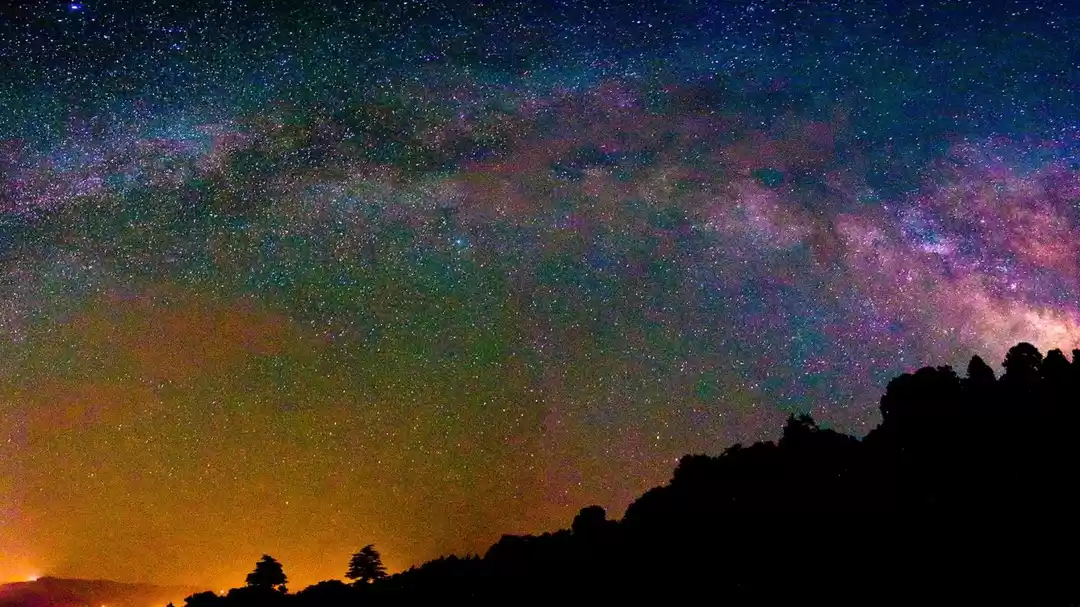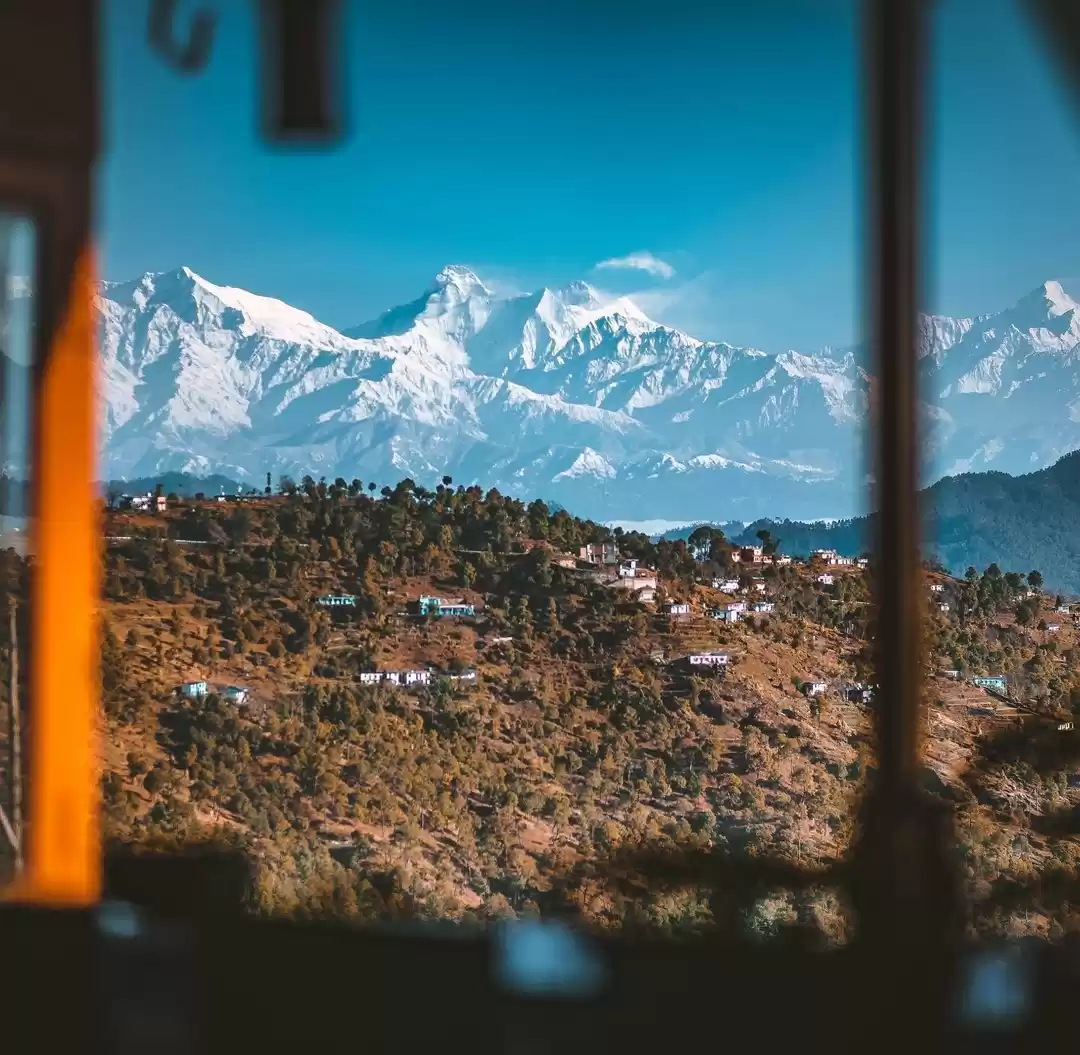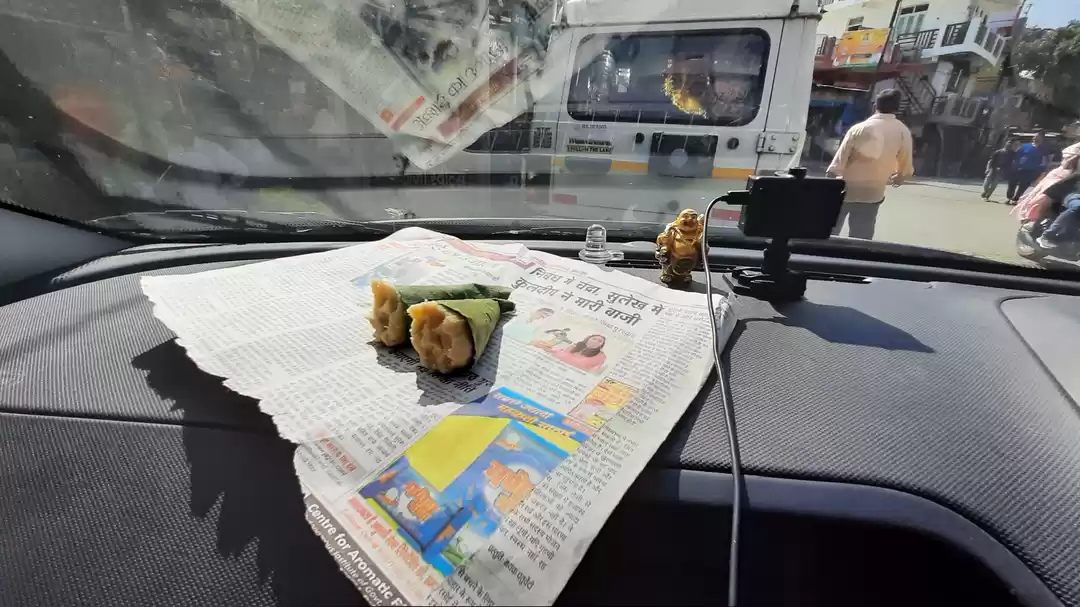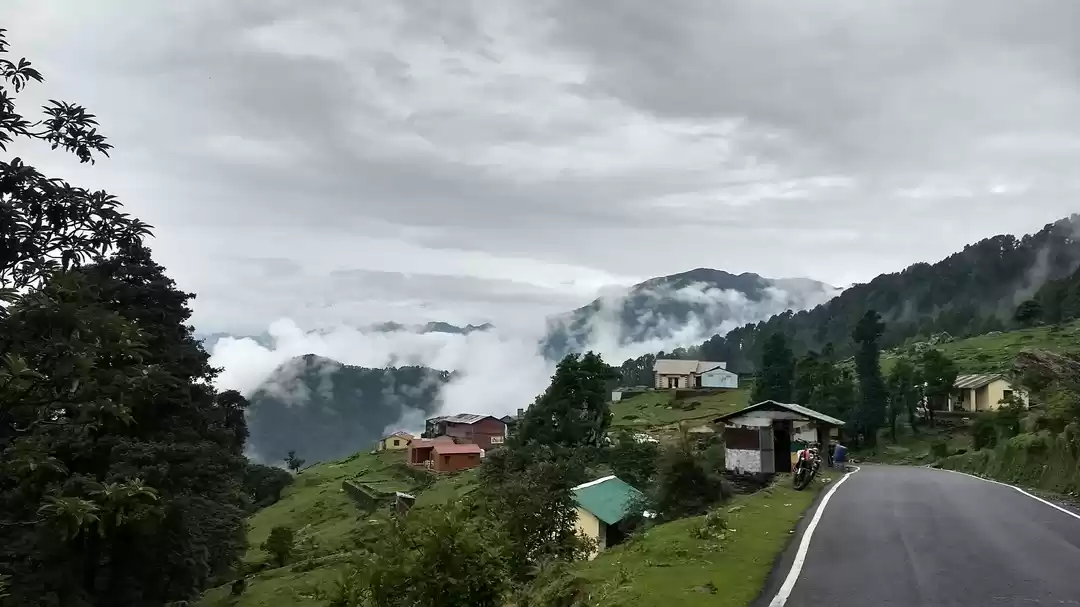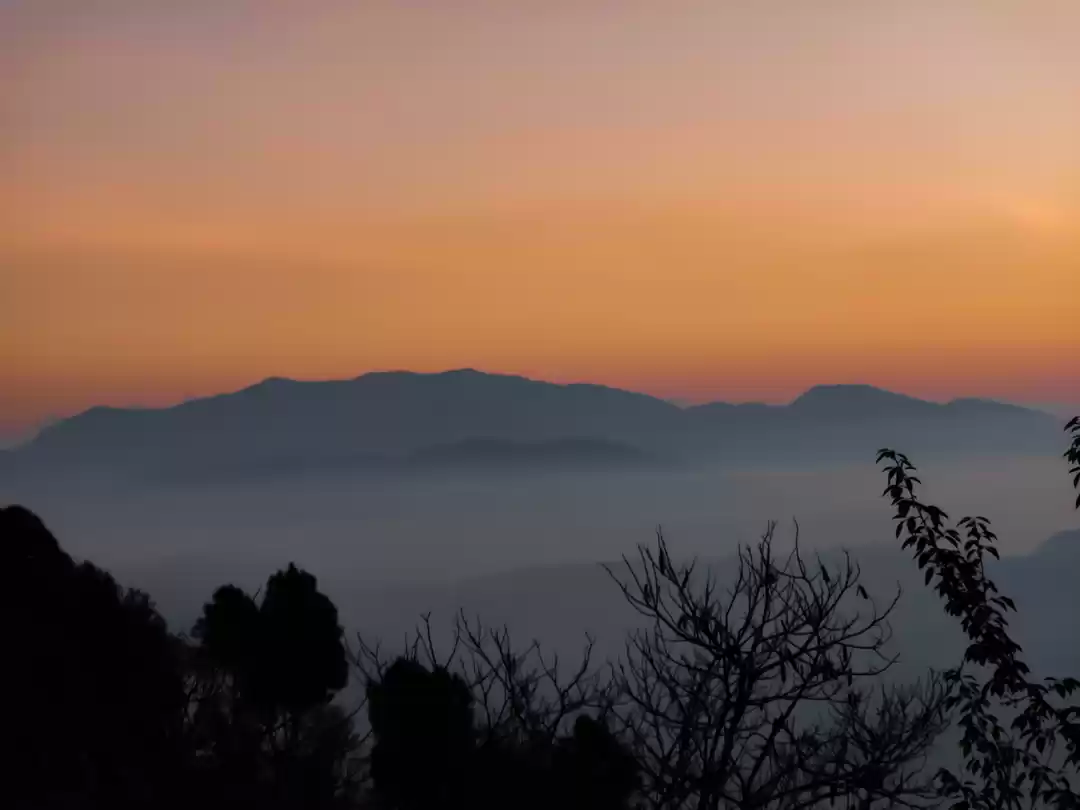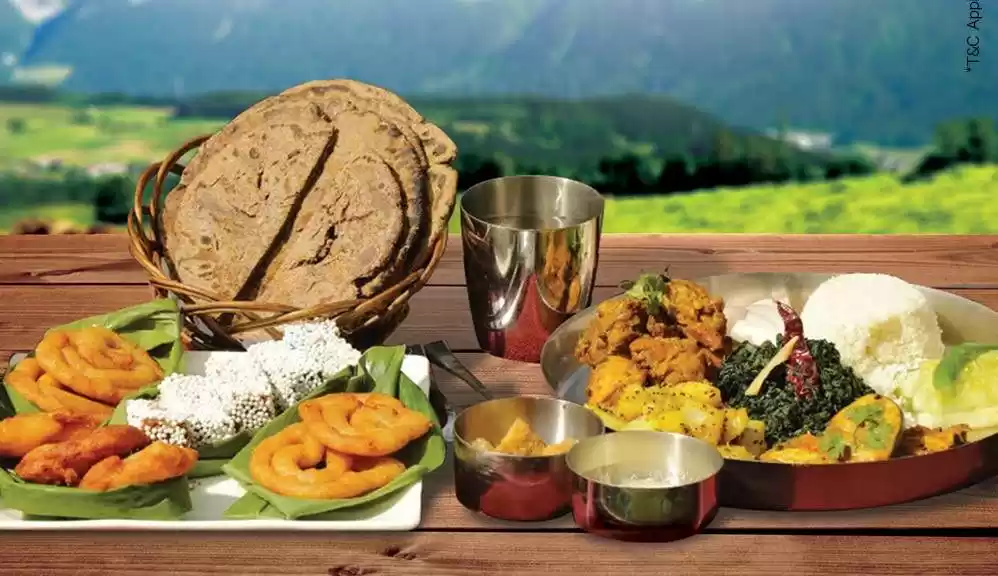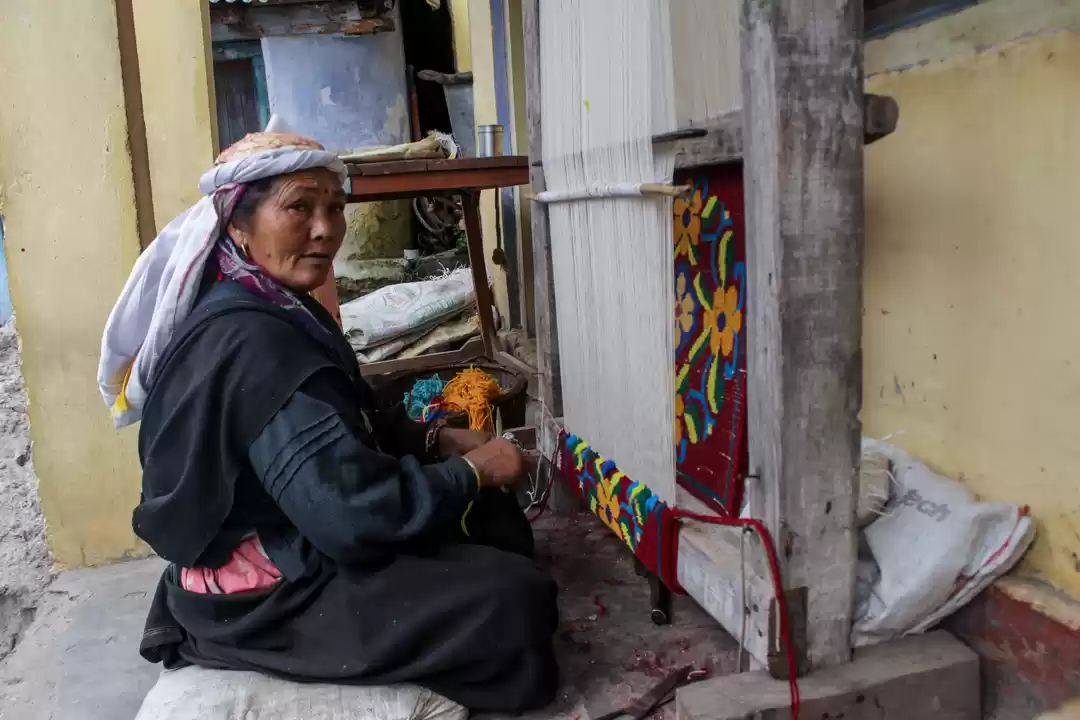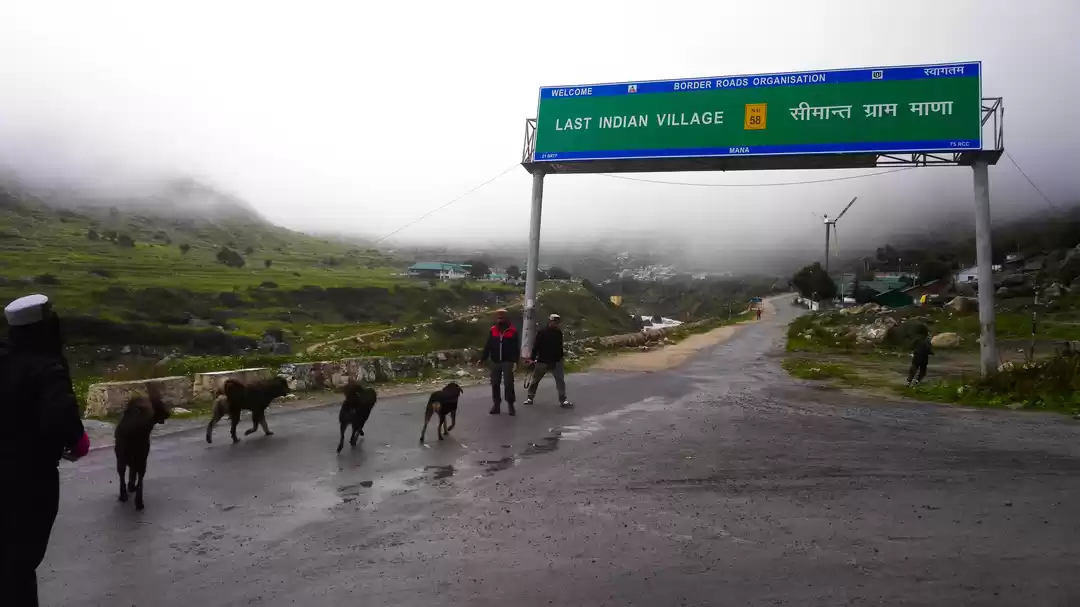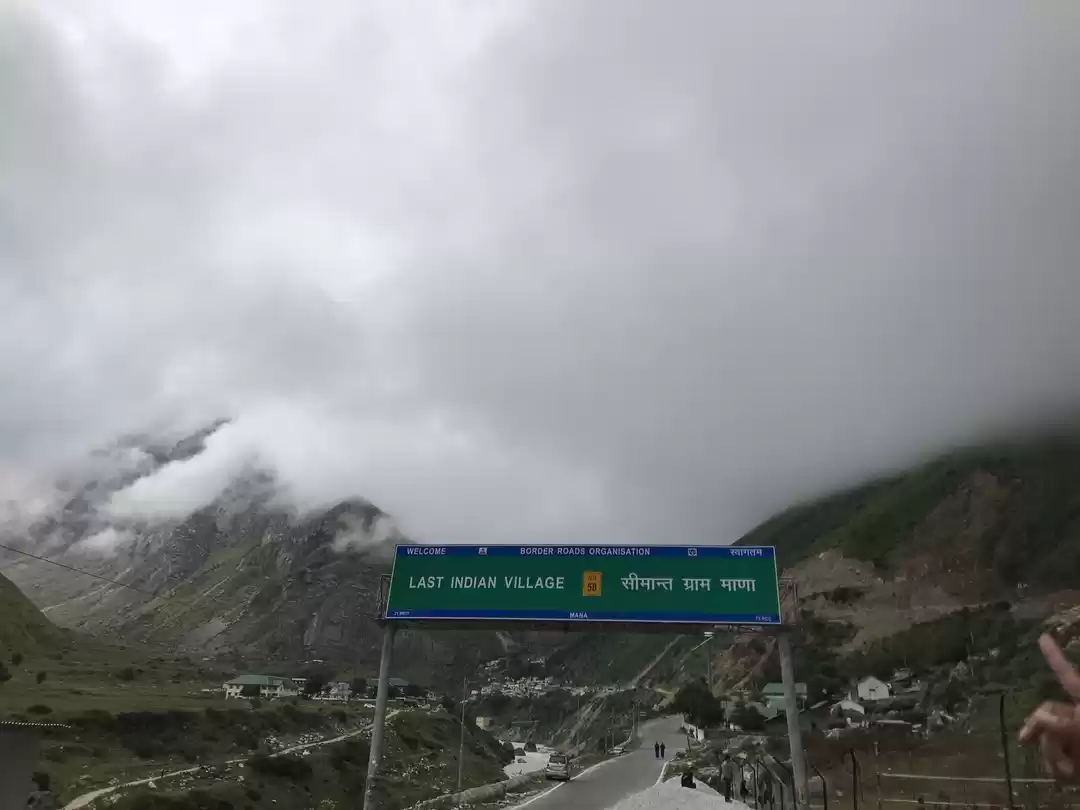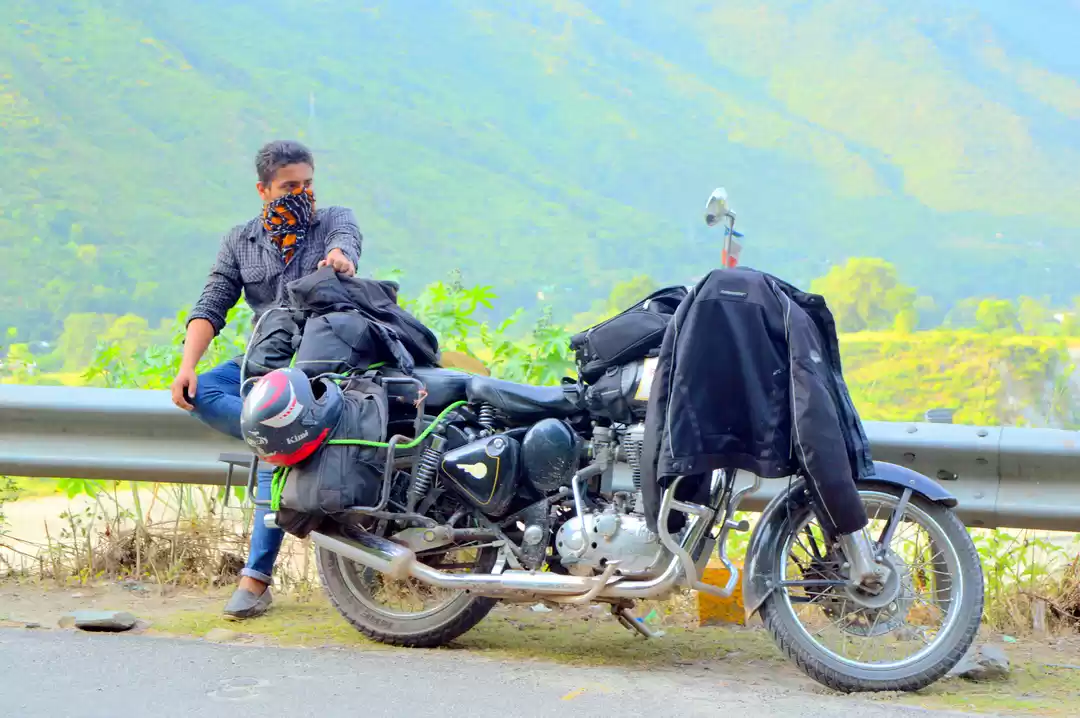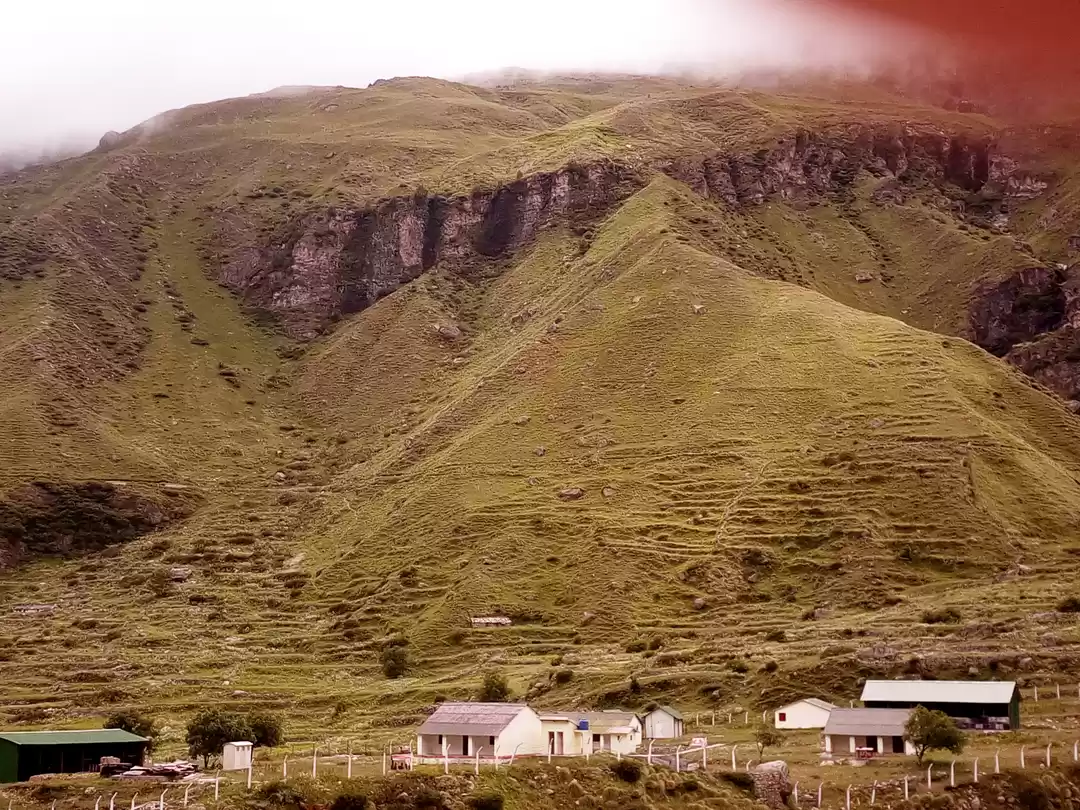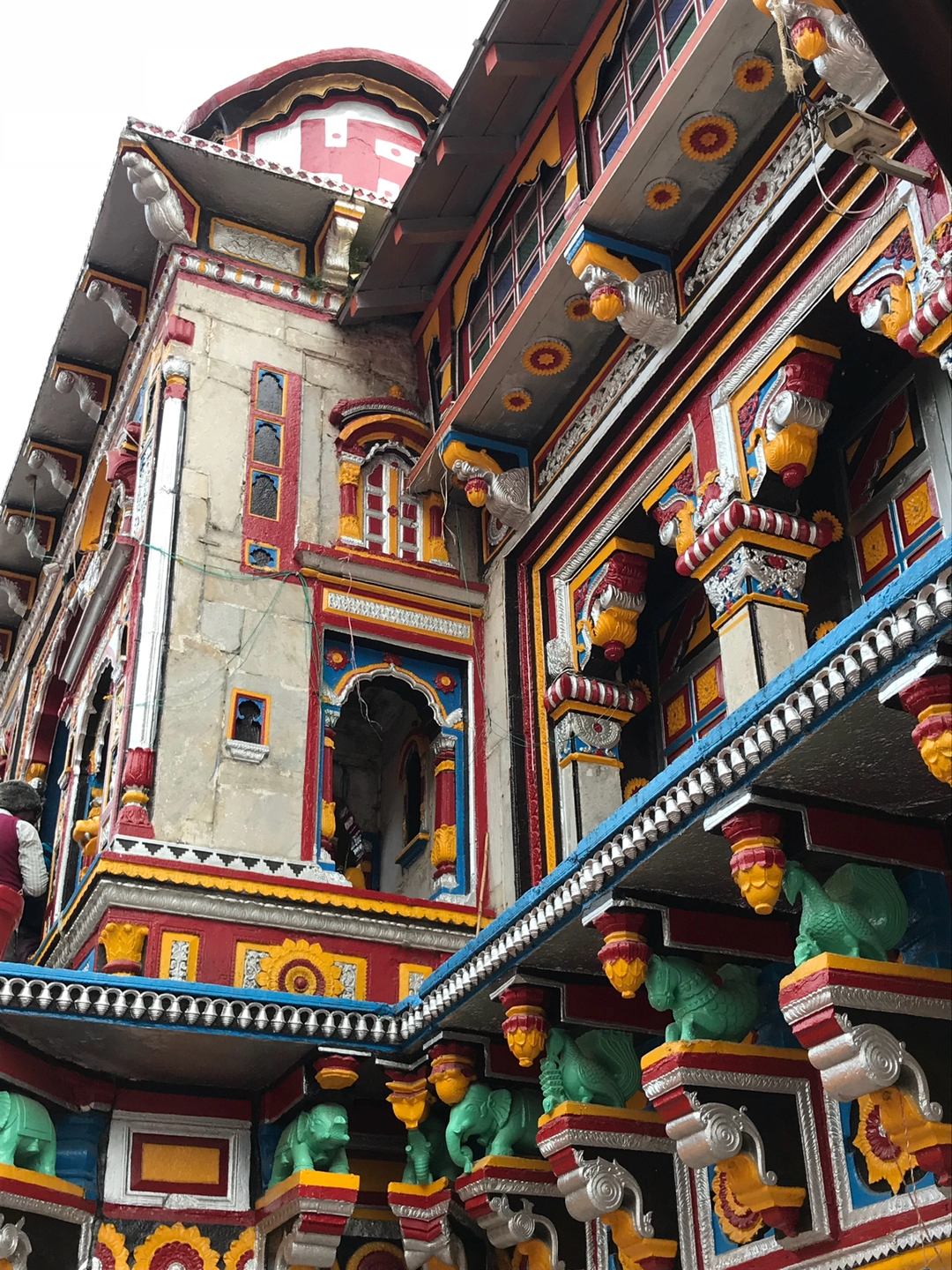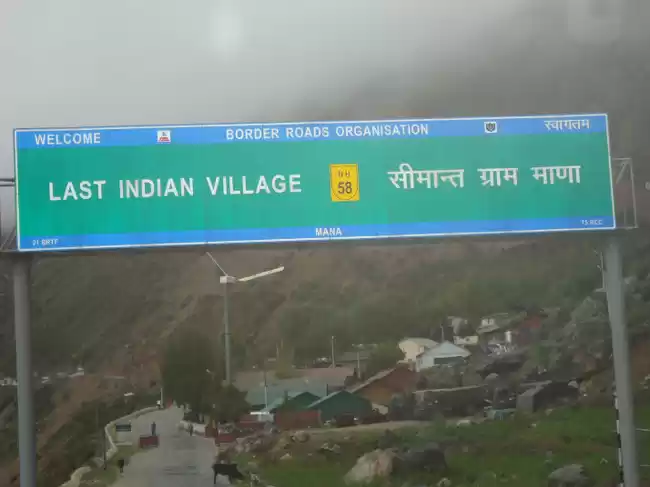


What's the feeling when you pass through a sign board that tells you are entering the last village of your country, and beyond a few kilometres it's completely an other nation or nations, divided by the imaginary lines of human-invented boundaries?
From Badrinath we went straight to Mana, only three kilometres from the holy place which is one of the Char Dhams. The feeling was odd, with mountains and mist around welcoming us in the coolest way possible. I was with my two close friends, Sree and Vipin, the latter one being the main photographer of some of the pictures I post here. Stepping out of the taxi we caught from Badrinath town, we walked the paved trail into the village in search of something curious..
Flower juice!
That was our first aim. I heard about it from a local in Chopta, the juice that was made from the flowers of Buraaz, found only in places nearby. The nearby shop had the thing we were looking for, and we drank the juice the shop keeper gave in steel glasses, adding water to dilute the same. The juice was cool, cool in the sense it was a little cold, but tasted like some cough syrup tonic. He explained the advantages of drinking it, like it keeps the heart healthy and strong. Likely for someone with a fragile heart.
We walked through the pavement and saw an old woman, a native in black regional clothes and ornaments; she denied Vipin the chance of taking her photo despite his gentle request. Only a few locals were present in the scene, scattered across the small huts around, along with some of the workers engaged in various activities. The low visibility of locals tells about the population of the village too, only about six hundred in total.
We walked to reach the Ganesh Gufa, the Ganesh Cave, where he dictated The Mahabharatha written by Ved Vyas. So we were standing and visiting the small cave that used to be the place the epic was edited, though the cave felt so small for Lord Ganesh to sit in and write comfortably. A little further, was the five thousand years above old Vyas gufa, the cave of the author of The Mahabharatha, where the epic was actually believed to be written. We ascended steps passing the shop which had the board with these letters written on it in style - Bhaarat ki aakhiri chaai ki dukaan in Hindi, and a little below it in English too- 'India'S LAST TEA SHOP', in white paint.
As we climbed the steps, an old man with his walking stick told something at us which I had no idea of what it really was. He was continuously saying the same thing, and waving at us, which I finally took for a hearty welcome.
By 2015, the cave must be 5323 years old, still being unable to understand the way they calculate a cave's age. Through carbon dating?! The inner part of the cave was kept clean and warm with carpets, a medium sized idol of Vyas, the pioneer of Indian literature, and along with some other usual things you see in a Hindu prayer room, a box to donate money too. A pundit arrived, and before that I managed to take a short video clip of the inner look and feel of the cave, and with smiling face he talked with us giving us blessings and the permission(!) to put some money in the box, which we did. The joy of visiting the cave of the writer who wrote the epic of epics was enough for me to put some money in it, a thing otherwise I avoid at all costs.
We descended down some steps with protective side bars fixed to the concrete, to reach the Bhim pol, a huge rock that connects the mountains apart, like a bridge. This, according to the myth or the Mahabharatha, was placed there by Bhima, for Drawpathi to pass the the river flowing down from above. The river, as we were informed by the same local from Chopta, is Saraswati, which I always thought was non-visible. And this is the place where the Saraswati river is visible and it seems to be flowing from somewhere atop the mountain, like from a big hole in there. The force of the waterfall, or the river gushing fast downwards was huge that the water created a fog like aura around.
Our trip to Mana was constrained to all that. Further up people do trek to Vasudhara waterfalls, and further into Satopanth, which according to the Mahabharatha, is the place where Yudhistara and the dog who accompanied him ascended the seven steps to heaven. Some locals said that we could still see the first two or three steps and the rest clouded by the snow and mist around, creating the imagery of them actually leading to the skies, the Heaven.
Back to the shop we drank the Buraaz juice, we bought some and stuffed the bottles into our backpacks. A little television there played a pathetic video of Bhima putting that rock across, the story of the formation of Bhim pol. On the way back to Badrinath, our taxi driver gave a lift, with our permission, to some of the construction workers from Mana to the town. They laughed and said jokes, which I barely understood.
As we reached the town, and paid his taxi fare of Rs.300 without negotiating, the only thing I knew was that the feeling of visiting the last village of India, or one of the last villages of the nation, was going to stay for long, not out of anything extraordinary that happened, but due to the whole simplicity of the place along with its mythical significance. Or reasons as simple as the the way the old man welcomed us with his smile of immense warmth, or the denial of the old woman from being photographed. As simple as Mana..
This blog was originally published on 'missingmahanikan'.



